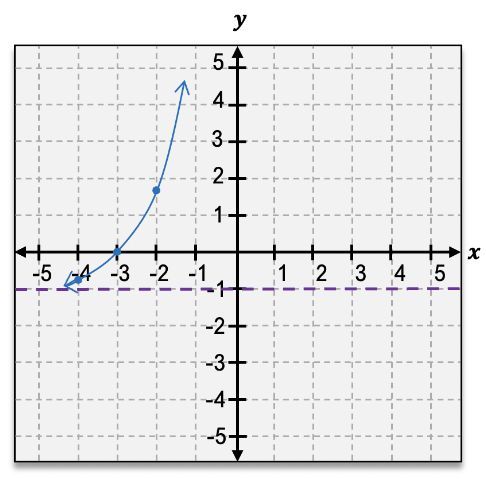When exploring exponential functions, you may encounter the base e, which is approximately equal to 2.71828. Unlike variables, e is a constant, similar to the well-known number π (approximately 3.1415). This means you can evaluate and graph functions involving e just like any other exponential function.
For example, consider the function f(x) = e^x. To evaluate this function for specific values of x, such as x = 2 or x = -3, you can use a scientific calculator. For f(2), you would compute e^2 by using the second ln function on your calculator, which gives you approximately 7.39 when rounded to the nearest hundredth. Similarly, for f(-3), you would calculate e^{-3}, which can also be expressed as 1/e^3. This results in approximately 0.05 when rounded.
The graph of f(x) = e^x shares the same general shape as other exponential functions, such as 2^x and 3^x. Since e is between 2 and 3, the graph of e^x will lie between the graphs of 2^x and 3^x. For more complex functions involving e, you can apply transformations similar to those used for other bases.
Understanding the significance of e is crucial, especially since it arises from the concept of continuous compounding in finance. The formula for continuous compounding is given by:
\[A = Pe^{rt}\]
where A is the amount of money accumulated after time t, P is the principal amount, r is the annual interest rate, and t is the time in years. As the number of compounding periods approaches infinity, the limit of the expression leads to the value of e.
Beyond finance, e is also essential in fields such as biology for modeling population growth and in physics for processes like radioactive decay. Thus, while e may seem like just another number, it plays a vital role in various mathematical applications and real-world phenomena.







